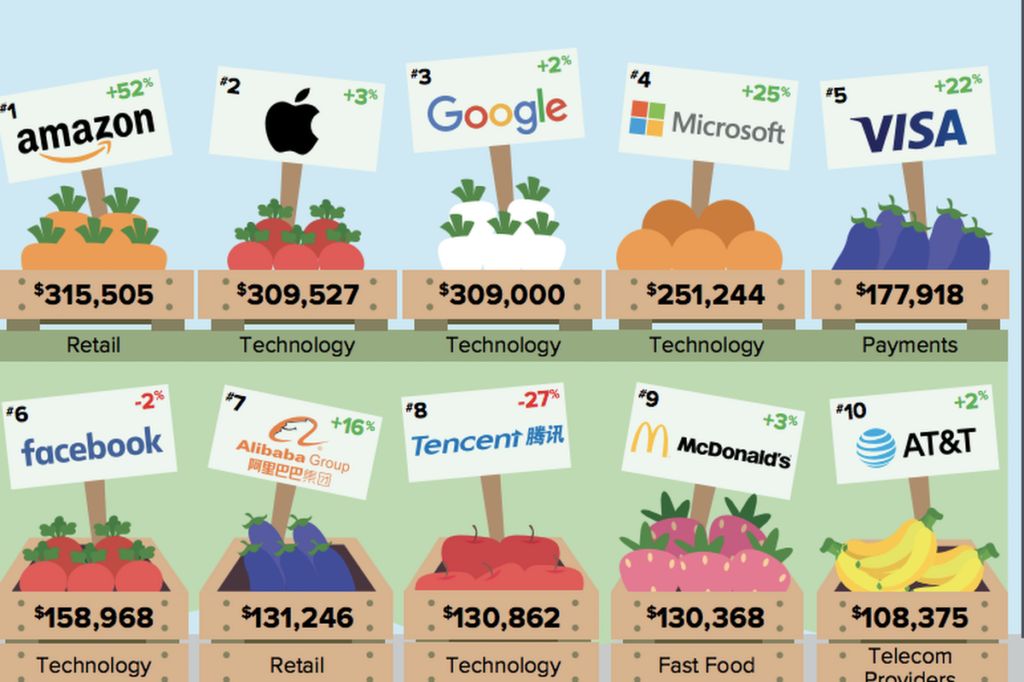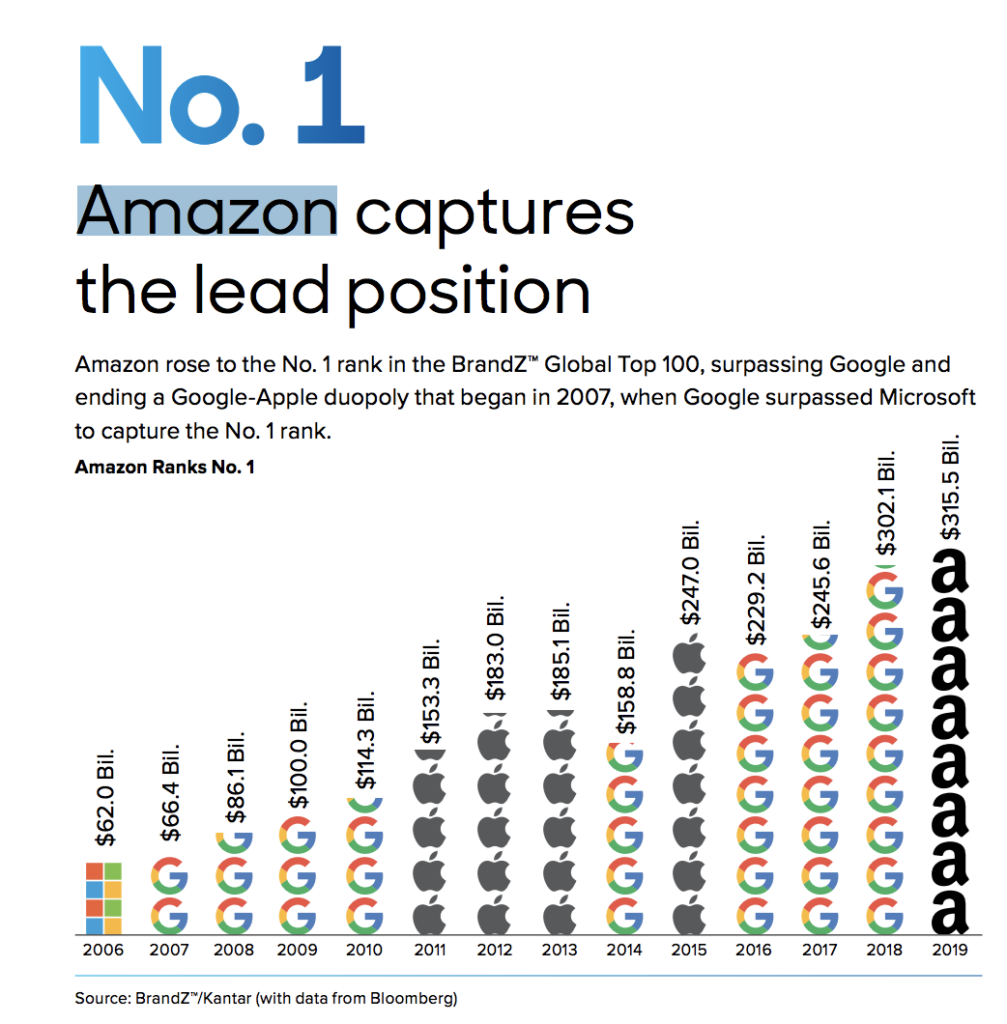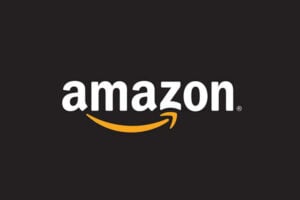Amazon have surpassed Apple and Google to take the title of the most valuable brand, says the latest Top 100 Most Valuable Global Brands research by BrandZ. With a 52% year-on-year increase, Amazon achieved a business value of $315.5 billion (£247.33).
The brands that appear in this report are the most valuable brands in the world. The research covers more than 3.7 million consumer interviews and more than 165,000 different brands in over 50 markets.
To put this in perspective, the total ecosystem of the three businesses worth almost $1 trillion in brand value which comprises about 20% of the value generated by the Top 100 most valuable brands.
Amazon’s focus on customer obsession has changed what customers expect from sellers. The report attributes Amazon’s suppression of Apple and Google down to their ongoing effort to remove friction from the customer journey.
It also says that Amazon have changed what businesses expect from their suppliers and partners. Most important, Amazon are not alone. In a world with customer expectations shaped by Amazon and other disruptors, many of them from China, having a strong brand becomes even more critical. The report gives five action points for building and sustaining a valuable business:
1. Be purposeful
The notion of purpose has moved on. A higher purpose is fine when it is relevant to the brand and feels genuine to the consumer, not bolted on. However, consumers do not expect all brands to save the world. What people do expect is for a brand to do what it does well, and to do it responsibly and ethically. That means conducting all aspects of the business—production, supply chain, relationships with employees and customers—ethically and honestly.
2. Change the mindset
Short-term thinking is easily justified. The financial system rewards it. The problem with short-term thinking is that it often produces short-term creativity, the ideas that drive revenue to meet the budget for the next quarter or two. Meanwhile, entrepreneurs not tethered to stock market expectations are pitching creative, long-term—maybe too long-term—ideas to venture capitalists. Paradoxically, big companies are filled with the talent to germinate big ideas and resources to fund them.
3. Rethink the category
A product category can form a cocoon, creating comfort and protection—but only for so long. This year the BrandZ names for two categories changed: soft drinks became beverages and oil and gas became energy. The new names simply ratify changes that have happened over time. The name for telecom providers will likely change soon, too, as those brands become engaged in the Internet of Things and move more decisively into the entertainment business.
Assume that the name of every category increasingly will be misaligned with the activities of its constituent brands. Look for ideas that are animating change across categories. Be aware of the cultural changes motivating how people behave. How they think. What they believe. As well as how they shop and what they buy. Anticipate a category name change and do not be shocked when it happens.
4. Cultivate friction
Creating a company that is diverse is not simply about social inclusion. Diversity in an organisation is about success. A business that serves a narrow, homogenous market can perhaps get by with a workforce that is narrow and homogenous. A business attempting to build brands with broad appeal depends on a workforce that is as diverse, in every way, as its customers. A mixture of people results in multiple points of view. It produces unexpected new ideas that help differentiate. It produces products and services that can be
more personalized, meaningful, and relevant. Also, paradoxically, it cultivates the creative friction need to produce frictionless customer experience.
5. Look both ways
It is a simple instruction for crossing a street in heavy traffic and it applies to brands from the West and the East. Western brands need to look to the East, particularly to China, to learn how artificial intelligence and other cutting-edge technologies are raising consumer expectations for personalization, ease of online ordering, and rapid delivery. As more Chinese brands go global, they need to understand that privacy concerns moderate the customer experience expectations of Western consumers. Western and Eastern brands need to study each other. Binary outcomes—winning or losing—may be part of trade brinkmanship but they are not the best way to build brands.











